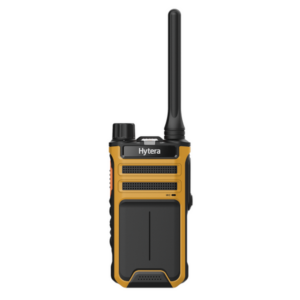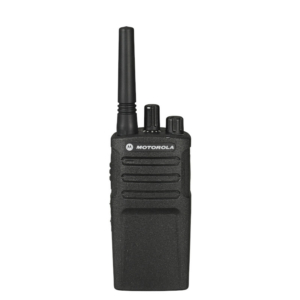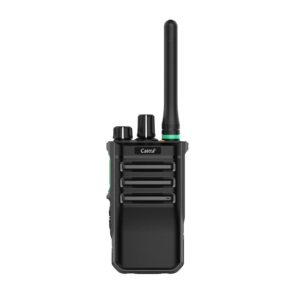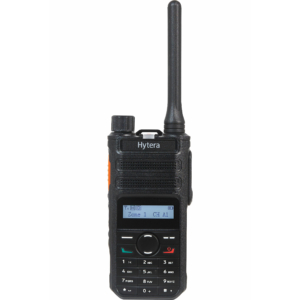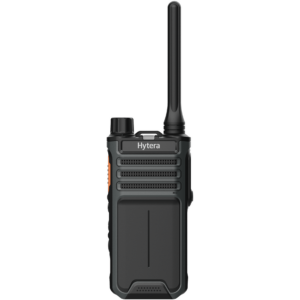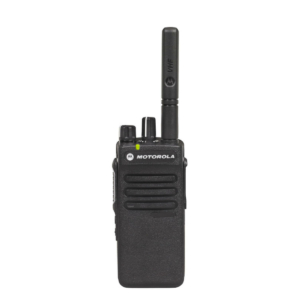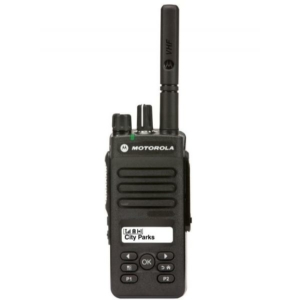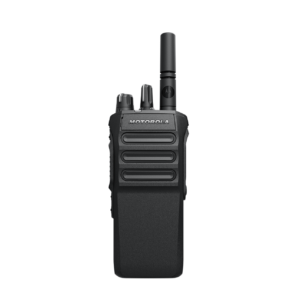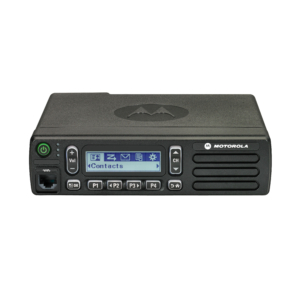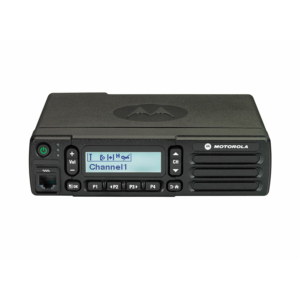Encryption or coding represents nothing new, but this domain passed through a spectacular evolution over the recent years. Everybody may have delicate data, which have to be kept in safe conditions. Such data may be our personal ones, our passwords, perhaps some information of our company, as well. Encryption may have a specific importance in the field of telecommunications.

Why to Use Encryption?
In the World War the Ist, Choctaw and Cherokee soldiers from America achieved to use a simple encryption system, however, it was impossible to decipher (decode) it by Germans. On the scene of Pacific Ocean of the World War the IInd, marine units of the United States of America employed Navajo Indians for encryption, since their language has proved to be impossible to be decoded by Japanese forces.
The famous German encrypting machine, “Enigma”, should specially be mentioned, with which Germans have encrypted their messages and orders against allies, until the English mathematician Alan Mathison Turin, one of the parents of modern computers, has achieved to decrypt Enigma’s logic.
But back to the present, to search the domains where encryption is in practical use.
- Data Protection on Internet: encryption shall be used in online telecommunications, e.g. E-mail message, Chats, or even protecting the activities of Internet browsing.
- Financial Transactions: within bank and financial transaction we are using encryption for the safe transmission of the clients’ data, e.g. data of bank accounts and bank cards.
- Data Storing: encryption shall be used in storing personal and commercial data, in order to prevent incompetent access e.g. to data bases, files and storing sites.
- Cellular Applications: applications of smart phones and tablets many times use encryption in order to protect delicate data, e.g. users’ log in data, as well as to protect paying information.
- Virtual Private Networks (VPN): by means of VPN, we can implement ciphered links through Internet, thus, safely to browse and communicate, but also to preserve our anonymity.
- Protection of Copyrights and Protection of Authors: we are using encryption of contents for digital media, e.g. for the protection of films, music and electronic (“e”) books, thus preventing the prejudice of copyrights and of authors.
- Protection of Medical Data: encryption of medical data is important for the safe storing and accurate transmission of disease symptoms and medical information.
- Governmental Communication and Communication with Secrete Agencies: government and military organisations are using encrypted information for the protection of national security and delicate data.
Here are only some examples concerning the multilateral application of encryption, however, it is already present in all the fields where data protection and data safety is of critical importance. There are numerous fields where such data are used or information are stored which can be abused of after their acquisition by incompetent parties.
What is to do When Our Transceiver Set is Intercepted?
The interception of any communication through a transceiver set may have several detrimental effects. This mode of communication can contain secrets or delicate information, e.g. financial or personal data, trade secrets, data of labour fellows, accessing possibilities, internal information necessary to work, data of the products stored in the data base of the storehouse, logistical information, information on suppliers etc.
Whenever such information become the possession of incompetent parties, it may have serious consequences, e.g. identity steeling, financial fraud or exportation of trade secrets. But also the sphere of persons and the confidentiality of people can gravely be affected, or even offer and advantage to competitors, thus, the very interests of the company concerned might be endangered.

In case of hazardous activities, it is mostly compulsory to use such communication ways which does not allow verbal communication but between the persons charged with the relevant task. In such operations, no incompetent parties may interfere and disturb delicate activities. Just several situations: crane operators, construction workers, referees on automobile race courses, safety organs of protected facilities etc. It is easy to imagine that by receiving any faulty instruction a crane operator may carry out dangerous movements, perhaps causing huge troubles, moreover, endangering the life of many people.
In the course of any work, we should consider the height of activity in using transceiver sets, since higher is our position, longer is the ranger action of our apparatus. Accordingly, our radio traffic could be received at a distance of several dozens of miles.
In case of enabling the interception of governmental or State safety communication, this fact could seriously endanger our national security and State functions, since State secrets or delicate information could be received by incompetent parties.
This is why the observance of ethics in ether and those or radio traffic should strictly be observed, thus, it is indispensable to take proper measures to protect delicate and security data, e.g. by using encrypted communication or other measures. We should realize the importance of tasks, well to identify those tasks where radio communication is indispensable, and we should consider the use of encryption, as well!
However, encryption is not used in all domains, more than that, it is even harmful for some users of transceiver sets. Some examples:
- Traffic of amateur wireless operators
- Traffic of conversation of control towers
- Transceiver sets used in naval navigation
One of the causes is that such kinds of traffic are bound to specific rules, the communication must not be hidden for this group of operators. But in many other domains, encryption remains indispensable.
What Types of Encryption can we Chose in the Traffic of Transceivers?
Encryption type is always a function of range, load and the transceiver sets applied, so it is worth collecting relevant information and consult an expert, especially in case of communication tasks requiring higher safety.
In broadcasting engineering there are two kinds of encryptions: analogue and digital.
The analogue one (“Scramble”) is an easier solution, transforming conversation into a sound similar to the croaking of a frog. Essential of a scramble function is to modify or distort the sounds emitted by a transceiver set by means of an algorithm or procedure incorporated. Consequently, the sent signal cannot be interpreted for those not possessing any codes or adjustments required to decrypt these signals. Thus, the signals or information sent by the transceiver set cannot be interpreted or decoded by incompetent parties.
It is important to mention that the function of analogue encryption (“scramble”) does not guarantee any absolute protection, so with more modern methods digital encryption may be much more efficient in keeping the safety of data. But the function of analogue encryption may be useful in many situations where digital transceiver sets are not available.
Digital encryption is used in sets which use the digital transmission of signals, i.e. in digital operation modes. Digital encryption in transceiver sets is a method which transforms sound or data signals into digital form, in order to be suitable only for interpreted or decrypted by competent parties and nobody else. This method can be more efficient and safe than analogue encryption, since digital signals are less sensitive to disturbances or exterior interferences.
Digital basic encryption can be further intensified by connecting some encryption options by means of several codes, e.g. ARC4, AES 128/256 BIT. AES is spread over in a very large domain, being accepted by security communities, in many encrypting protocols and applications, e.g. HTTPS (safe communication by Internet), VPN (Virtual Private Networks) and in software systems for file encryption. AES is one of the most safe and reliable algorithms available in our days, as well. It is used in several code lengths, including codes of 128, 192 and 156 bits. Code length shall also determine the difficulty of algorithm decryption. Accordingly, the information transmitted by transceiver set can be transmitted in a safe and private manner through the communication channel used.
Encryption Possibilities for Various Types of Transceiver Sets
PMR446
In this category, we find especially analogue transceivers, thus, the function of a simple scramble can be used in these sets. But even this system can be present mainly in transceivers of industrial scale. Hobby category transceivers usually include no encryption feature.
Industrial DMR
In what digital DMR transceivers are concerned, one can select several modes of encryption. There are default adjustments and more complex encrypting possibilities, which can be activated by means of specific licenses. It is well known that all the fabricants do not use compatible solutions, this, even the encryption manners may differ one from another.
POC network transceivers
A great advantage of these units is the possibility of direct communication through Internet, completely insulating the unit from the exterior world. In this case, no more interception is possible. It is a closed system where communication is only possible through the unit concerned. Of course, an additional protection is also possible in such situations, which shall contribute to the data traffic between extreme points of Internet.
In addition to the safety of normal transceivers, probable that of the system POC is the most closed in respect of communication, since by means of Internet they can transmit conversation and data by means of unique sound codes. In such situations, information is more safe and without any specific encryption than in a traditional system, since it is completely separated from other systems. Accordingly, one can say that in striving after maximum safety in our communication by means of a transceiver, we have to consider POC.
Body Cameras
Transceivers are similar to body cameras, and can even be incorporated into transceivers of the system POC. However, encryption is the most important factor in this case! Camera images should not be accessible for incompetent parties, in order to not to be able to modify them. Recorded images can frequently be read only by means of a docking station, of a software or of a proper password. In addition, the record transmitted by Internet is also encrypted, being transmitted from the body camera to the dispatcher. The use of body cameras shall be ruled by specific legislation. Thus, before buying of such a camera, one should clarify the conditions related to their operation.
|
Types of Encryption |
Analogue (Scramble) |
8/16/36 bits |
ARC4, AES 128/256 bits |
|
Walkie-talkie |
X |
X |
X |
|
PMR446 industrial |
Yes |
X |
X |
|
Analogue industrial |
Yes |
X |
X |
|
DMR |
X |
Yes |
Yes |
|
POC of network |
X |
X |
DYesa |
Table with encryption methods specific for various transceiver models
How to Adjust Encryption on the Sets bought?
In implicit cases, encryption is not activated on transceivers, that’s why it is reasonable to express this requirement as soon as on the occasion of buying. Of course, many sets are suitable for a subsequent activation of encryption, usually in the menu of transceiver or in the CPS program. If not succeeded alone, you may request an expert’s help.
However, it is to be mentioned that the programming of transceivers should sometimes be blocked, possibly by means of a password, since the data contained by a lost transceiver could be used in abusive manner, as well.
For whom and in what domains is encryption recommended?
Encryption of a transceiver or of any kind of communication set is recommended whenever confidential, possibly delicate data shall be transmitted, and the protection of such data is important against incompetent access or interception.
We have collected some domains where the encryption of transceivers is of utmost significance.
- Military and order protection organs: communication means are frequently used by such organs in order to protect their information of critical importance, e.g. within military operations or activities of crime investigation.
- Governmental organs: encryption of transceivers may be compulsory in various agencies, Governmental institutions and for office-holders, executives in order to protect Governmental and State security information, as well as in their official communication processes.
- Commercial and company world: in this environment, encryption of transceivers may help in the protection of trade secrets, strategic plans and other delicate information, but also contribute to the confidentiality and safety of commercial communications.
- Sanitary institutions: in these institutions, encryption of transceivers may promote the confidentiality and protection of information on patients and of other medical data.
- Transports and logistics: transport and logistics companies, storehouse facilities and various plants, factories frequently use communication channels in monitoring and handling their goods, thus, the encryption of their transceivers can be extremely important for preventing incompetent access and manipulations in their processes.
- Private people and public services: some privates, e.g. security personnel, heads of organisations, managers of dangerous works or participants to such works may also use encrypted transceivers in the course of their activity, many times for the protection of their delicate information.
Here are some examples, for whom and in what domains is the encryption of transceivers suggested. Generally, data protection can be useful for anybody in order to improve the protection of delicate communications.
It could be useful to consult experts of the domain, but we also can help in selecting the proper set and the programming of any subsequent encryption, provided that the classification of safety risk in the relevant domain is already available.


